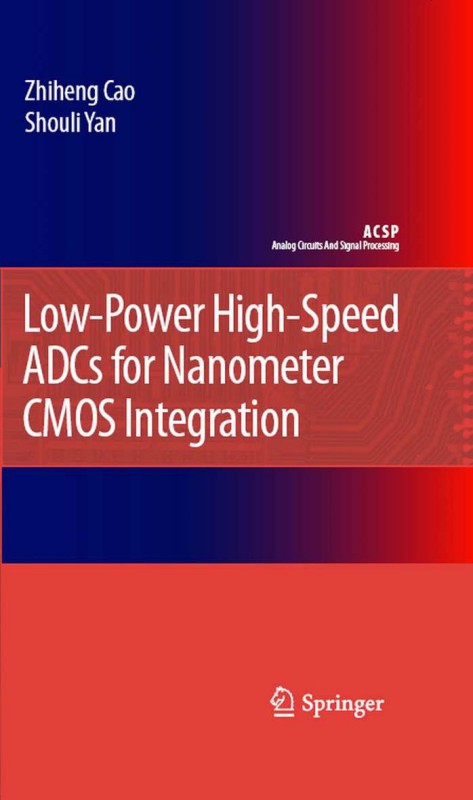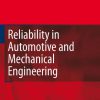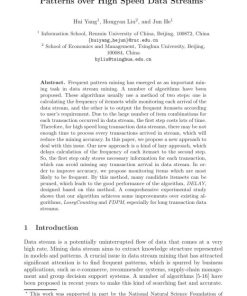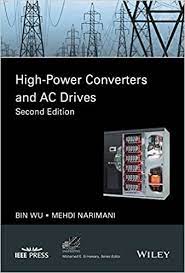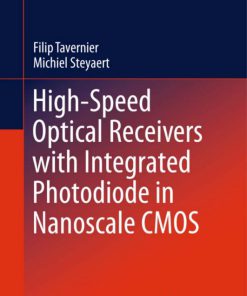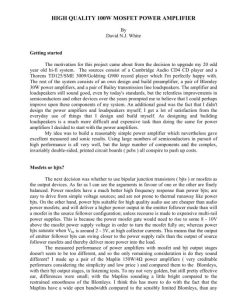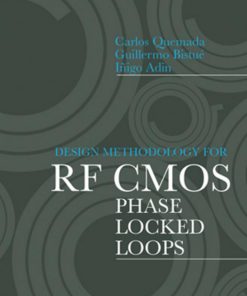Low power High speed ADCs for Nanometer CMOS Integration 2008th Edition by Zhiheng Cao, Shouli Yan ISBN 1402084498 9781402084492
$50.00 Original price was: $50.00.$25.00Current price is: $25.00.
Authors:Cao, Zhiheng.; Yan, Shouli. , Author sort:Cao, Zhiheng.; Yan, Shouli. , Languages:Languages:eng , Published:Published:Jun 2008
Low-power High-speed ADCs for Nanometer CMOS Integration 2008th Edition by Zhiheng Cao, Shouli Yan – Ebook PDF Instant Download/Delivery. 1402084498, 978-1402084492
Full download Low-power High-speed ADCs for Nanometer CMOS Integration 2008th Edition after payment
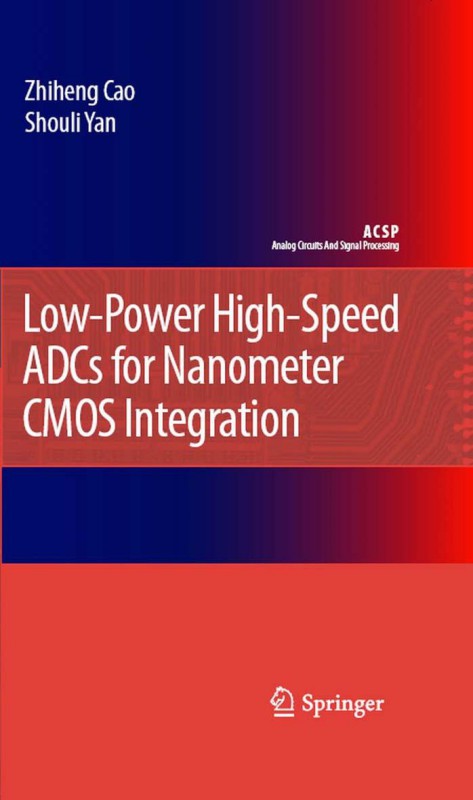
Product details:
ISBN 10: 1402084498
ISBN 13: 978-1402084492
Author: Zhiheng Cao, Shouli Yan
Low-Power High-Speed ADCs for Nanometer CMOS Integration is about the design and implementation of ADC in nanometer CMOS processes that achieve lower power consumption for a given speed and resolution than previous designs, through architectural and circuit innovations that take advantage of unique features of nanometer CMOS processes. A phase lock loop (PLL) clock multiplier has also been designed using new circuit techniques and successfully tested.
1) A 1.2V, 52mW, 210MS/s 10-bit two-step ADC in 130nm CMOS occupying 0.38mm2. Using offset canceling comparators and capacitor networks implemented with small value interconnect capacitors to replace resistor ladder/multiplexer in conventional sub-ranging ADCs, it achieves 74dB SFDR for 10MHz and 71dB SFDR for 100MHz input.
2) A 32mW, 1.25GS/s 6-bit ADC with 2.5GHz internal clock in 130nm CMOS. A new type of architecture that combines flash and SAR enables the lowest power consumption, 6-bit >1GS/s ADC reported to date. This design can be a drop-in replacement for existing flash ADCs since it does require any post-processing or calibration step and has the same latency as flash.
3) A 0.4ps-rms-jitter (integrated from 3kHz to 300MHz offset for >2.5GHz) 1-3GHz tunable, phase-noise programmable clock-multiplier PLL for generating sampling clock to the SAR ADC. A new loop filter structure enables phase error preamplification to lower PLL in-band noise without increasing loop filter capacitor size.
Low-power High-speed ADCs for Nanometer CMOS Integration 2008th Table of contents:
Chapter 1: Introduction
- Overview of Analog-to-Digital Converters (ADCs)
- Importance of Low-Power and High-Speed ADCs in Modern Electronics
- The Role of Nanometer CMOS Technology in ADC Design
- Objectives and Scope of the Book
- Structure of the Book
Chapter 2: Basics of Analog-to-Digital Conversion
- Fundamental Concepts of ADCs
- Sampling and Quantization
- ADC Architectures: Flash, Successive Approximation, Sigma-Delta, etc.
- Key Performance Metrics: Resolution, Speed, Power Consumption, Linearity
- Challenges in High-Speed ADC Design
Chapter 3: CMOS Technology and Its Impact on ADC Design
- Overview of CMOS Technology
- Scaling Challenges in Nanometer CMOS Nodes
- Performance Trade-offs in Nanometer Technologies
- Power, Area, and Speed Considerations for CMOS Circuits
- Design Challenges for ADCs at Nanometer Scales
Chapter 4: Low-Power Design Techniques for ADCs
- Power Consumption Models for ADCs
- Techniques for Reducing Static Power
- Dynamic Power Reduction Strategies
- Design Trade-offs between Power and Speed
- Power-Effective Architectures for ADCs
Chapter 5: High-Speed ADC Design Techniques
- Speed vs. Accuracy Trade-offs in ADCs
- Techniques for Achieving High-Speed Operation
- High-Speed Clocking and Sampling Circuits
- Techniques to Minimize Propagation Delay and Boost Throughput
- Challenges in High-Speed CMOS ADC Design
Chapter 6: Advanced Architectures for Low-Power, High-Speed ADCs
- Flash ADCs: Design Challenges and Solutions
- Successive Approximation ADCs (SAR ADCs): Low-Power Design Techniques
- Sigma-Delta ADCs for High-Speed Applications
- Time-Interleaved ADCs: Increasing Speed Without Power Penalty
- Hybrid ADC Architectures: Combining Speed and Power Efficiency
Chapter 7: Noise and Non-Linearities in Nanometer CMOS ADCs
- Sources of Noise in CMOS ADCs
- Impact of Process Variations at Nanometer Nodes
- Techniques for Noise Reduction and Linearity Improvement
- Calibration Methods for Achieving High Performance
- Noise Filtering in High-Speed ADCs
Chapter 8: Power Management in High-Speed ADCs
- Dynamic Voltage and Frequency Scaling (DVFS) for Power Efficiency
- Power Gating and Supply Modulation Techniques
- Energy-Efficient ADCs for Wireless and Mobile Applications
- Power Management in Integrated ADC Systems
Chapter 9: Practical Applications of Low-Power High-Speed ADCs
- ADCs in Communications: Wireless, Broadband, and Optical Systems
- ADCs in Medical and Imaging Applications
- Consumer Electronics: High-Speed ADCs for Multimedia Systems
- Automotive and Aerospace Systems
- Low-Power ADCs for Internet of Things (IoT) Devices
Chapter 10: Design and Fabrication Considerations
- Design Flow for Low-Power High-Speed ADCs
- Circuit-Level Design Challenges in Nanometer CMOS
- Simulation and Modeling Techniques for ADC Performance
- Design for Testability and Yield Enhancement
- Fabrication and Testing of High-Speed ADC Circuits
Chapter 11: Future Trends and Research Directions
- Emerging Technologies for ADCs in Nanometer CMOS
- The Role of Machine Learning and AI in ADC Design
- Quantum and Optical ADCs: A Look into the Future
- Integration of ADCs in 3D and Flexible Electronics
- Research Challenges and Open Problems in Low-Power High-Speed ADCs
Chapter 12: Conclusion
- Summary of Key Insights
- The Future of Low-Power High-Speed ADCs in Nanometer CMOS Technologies
- Closing Remarks on the Evolution of ADC Design
People also search for Low-power High-speed ADCs for Nanometer CMOS Integration 2008th:
low power high speed current comparator design
high speed low power
igbts are low power high speed devices
a low-power high-speed comparator for precise applications
what is used for high power at low speeds

